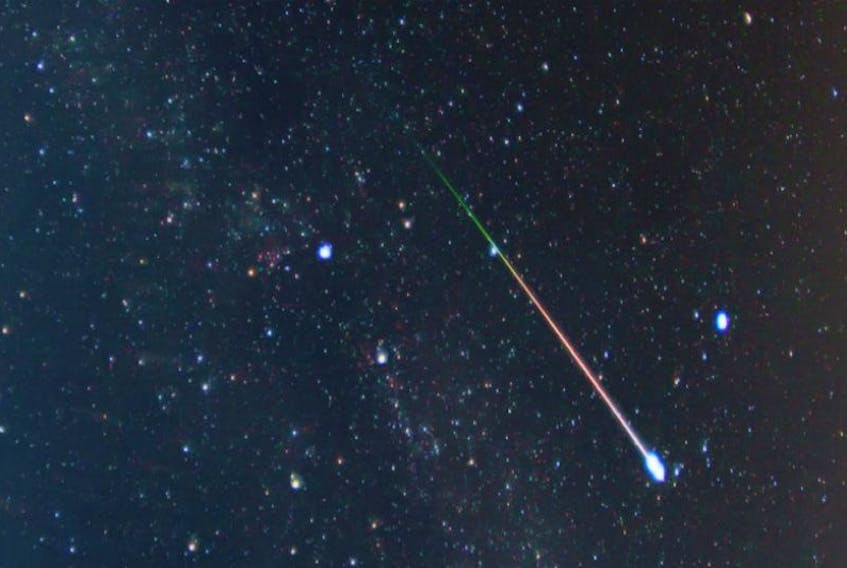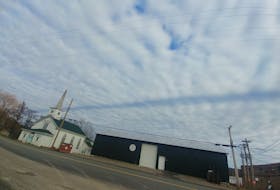I'm always reminding you to look up and enjoy Mother Nature's ever-changing palette. That's good advice both day and night. Over the next several days, weather permitting, you might get a chance to wish upon a shooting star!
It's time for the annual Perseid meteor shower. The Perseids are one of the brightest meteor showers of the year. They are composed of tiny space debris left behind by the comet Swift-Tuttle and named for the constellation Perseus.
They come around every year between July 17 and Aug. 24. This year, the Perseid shower is expected to be at or near its peak this weekend but don't wait until then; meteors are often spotted several days before that. Although an occasional Perseid meteor might catch your attention shortly after evening twilight ends, the prime viewing hours are from about 11 p.m. until the first light of dawn.
- CINDY DAY: The numbers don’t lie — it was a dry, hot July
- CINDY DAY: It’s not the heat, it’s the humidity!
- WEATHER UNIVERSITY: Warnings … Whether or not
- WEATHER UNIVERSITY: We’re on a summertime high!
This is when the shower's “radiant” - its perspective point of origin - is high up in the sky. The higher the radiant, the more meteors appear all over the sky. Because the moon is waning - less moonlight - and will be new on Saturday, moonlight should not interfere with the show, so this will be prime viewing time!
Perseids can appear anywhere and everywhere in the sky. So the best direction to watch is wherever your sky is darkest, usually straight up. Faint Perseids appear as tiny, quick streaks. Occasional brighter ones can sail across the heavens for several seconds and leave a brief train of glowing smoke.
To enjoy the Perseids, you don't need any special equipment - only your eyes. Find a dark spot with a wide-open view overhead. Bring a reclining lawn chair or a blanket so you can lie back and watch the sky in comfort. Relax, be patient, and let your eyes adapt to the dark. With a little luck you'll see a "shooting star" every minute or so.
Don't forget to make a wish!
- Want more weather information? Visit WeatherByDay.ca
- Have a weather question, photo or drawing to share with Cindy Day? Email [email protected]
Cindy Day is the chief meteorologist for SaltWire Network.









